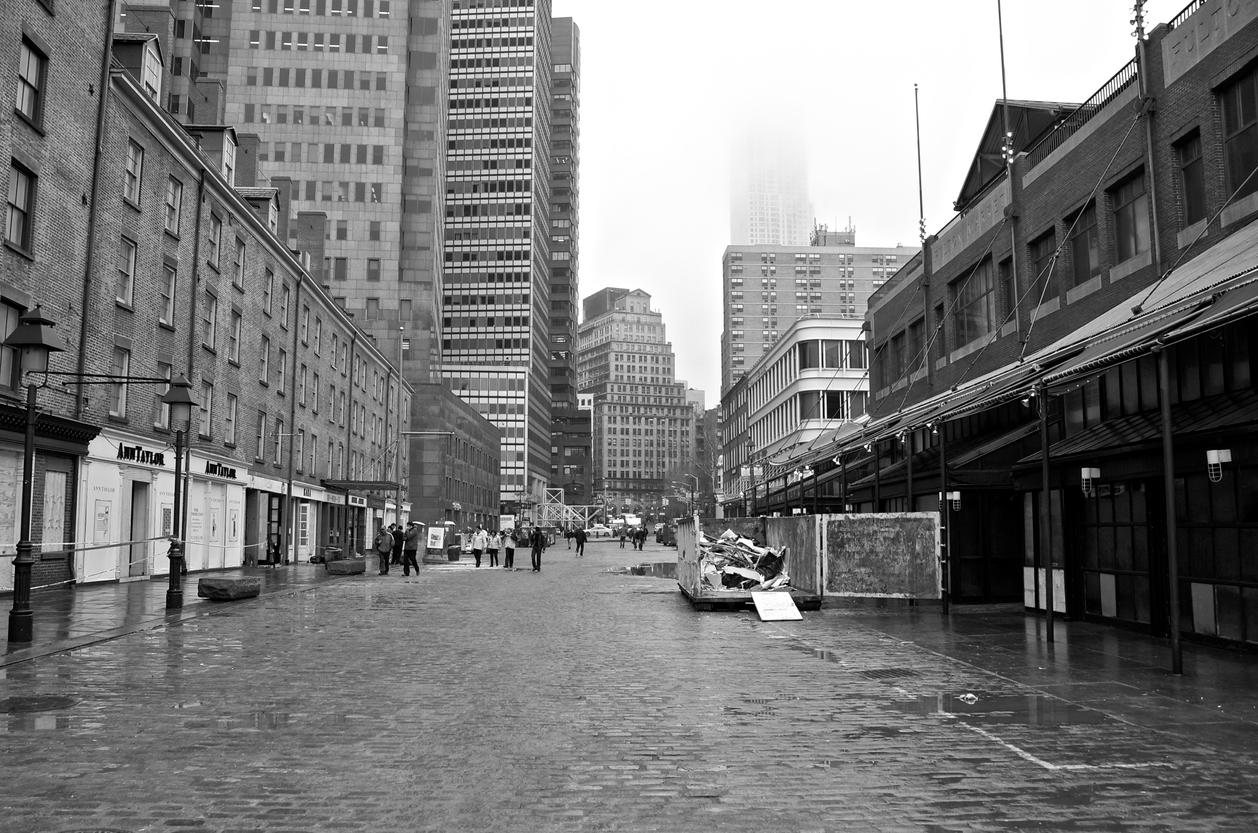Understanding builder’s risk insurance for high-rise apartments is essential to navigating rough waters. Starting a business such as renting out a high-rise apartment comes with risks. As an insurance agent, you need to be aware of potential hazards and what solutions are available. Builder’s risk insurance is one of the options you can offer developers. Likewise, it can protect them from many of the risks involved in owning and constructing the building.
The Builder’s Risk for Apartments
Builder’s Risk or Course of Construction policies offer protection against physical damage and loss during construction. These policies cover the building and the contractor’s ownership interest in materials, equipment, and property.
When is builder’s risk insurance required?
Several factors could make builder’s risk essential for property owners and developers. For one thing, it protects developers from potential losses. Project owners and lenders could also require it to protect their financial stake in a project.
Builder’s risk isn’t just for new construction projects. It can also cover risks entailed in home additions and renovations to existing structures. Builders and developers may even use it for risks commonly involved in complex and costly projects. These projects can include high-rise condominiums or apartments, townhomes, and residential communities.
What Does Builder’s Risk cover?
Builder’s risk insurance protects builders and developers from potential issues during construction or renovation. These may include the following:
- Natural disasters such as fire, lightning, storm, or hurricane
- Vandalism
- Theft
- Damages to buildings or building materials during construction
In addition, builder’s risk extends to the entire worksite and the structure itself. As such, it covers damage to the following:
- Existing structures on the site
- Materials used in construction
- Materials in transit to the job site
- Scaffolding or temporary structures on the job site
Furthermore, builders can ask for a customized builder’s risk policy to fit their specific needs. Additional coverage adds extra peace of mind by providing additional coverage for less common issues that don’t necessarily apply to every project, such as:
- Soft costs
- Sewer backup
- Temporary storage location
Builder’s risk generally covers construction sites, including buildings, materials used in the project, and repair or replacement costs if damaged. But remember that builder’s risk won’t cover every possible scenario. It would be best to augment it with other insurance policies To ensure adequate protection.
What Isn’t Covered by Builder’s Risk?
Builder’s risk policies generally do not cover workers’ injuries or damage caused by employees. For example, if a supervisor removes copper wires from a job site or if a worker loses a finger, your client can’t file a claim for those damages.
Builder’s risk also doesn’t cover damage caused by other countries’ governments or terrorists. The builder’s risk won’t cover the costs if the building, construction site, or materials are lost or destroyed during a war or a foreign invasion.
Here’s a rundown of the risks that builder’s risk won’t cover:
- Theft by employees
- Work-related injuries to employees
- Intentional damage
- Manufacturing defects
- War, terrorism, or nuclear attacks
To protect against these risks, builders should look into other types of insurance. General liability insurance will cover most risks excluded in standard builder’s risk policies.
How Much Does Builder’s Risk cost?
The cost of builder’s risk varies widely depending on the specifics of the project. But in most cases, it accounts for 1% to 5% of the total project cost.
Three main factors determine how much builder’s risk will cost:
1. The structure’s total insurable value (TIV)
2. The number of risk exposures to be covered
3. Unique risks to the project
For instance, coastal properties usually have risks that don’t factor into other properties. Combustible materials such as wood would also cost more to insure than concrete.
In addition, areas prone to natural disasters may require policy extensions to qualify for builder’s risk coverage. It could increase the premiums considerably.
About Snyder Specialty
Snyder Specialty, LLC is a New York-based underwriting facility that provides a range of property and liability solutions for personal and commercial lines. Specializing in coastal properties and hard-to-place risks, Snyder Specialty expands your current capabilities with proven solutions for complex risks. Find out more about the company’s range of services by calling (718) 362-8039.



